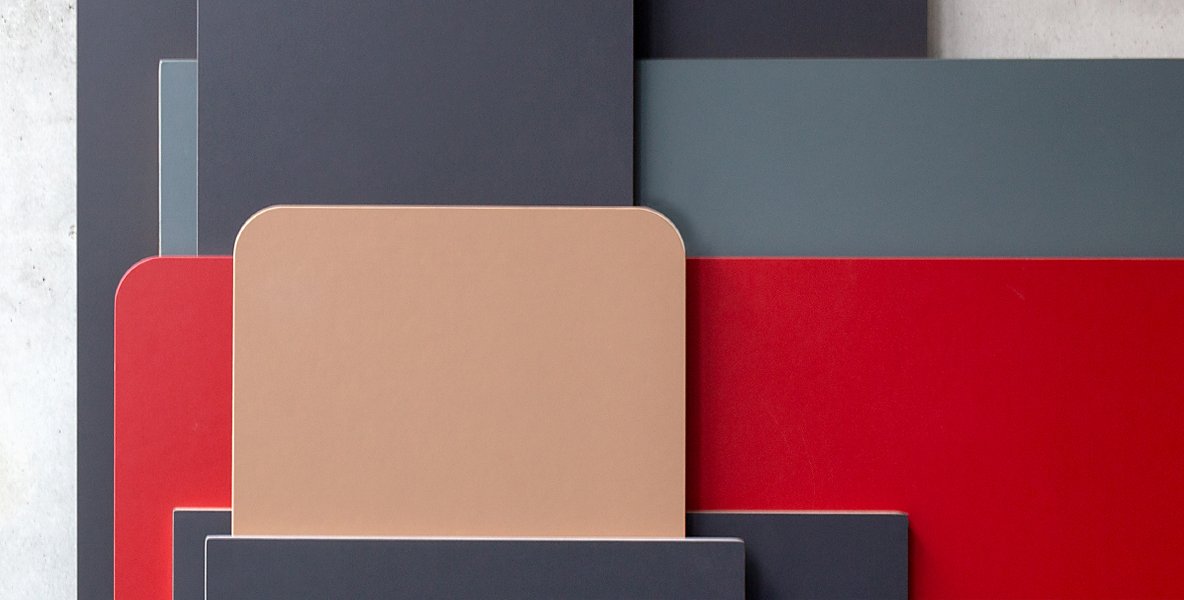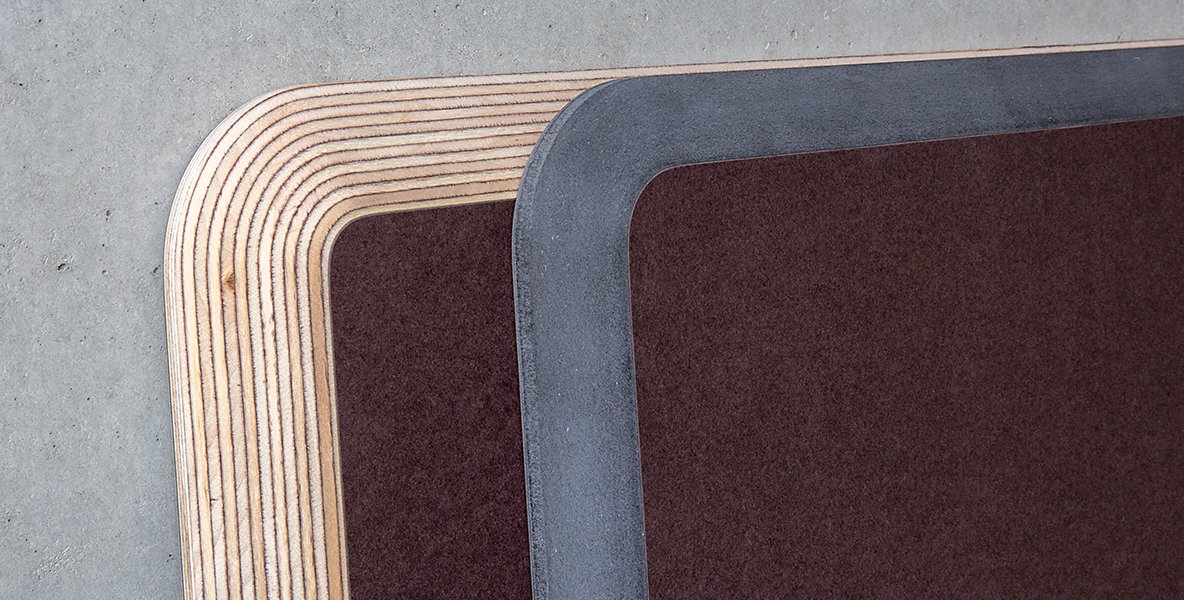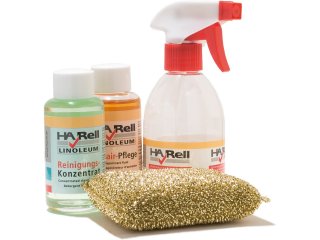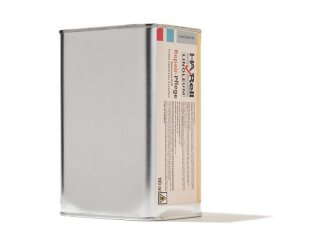Il nucleo del nostro piano del tavolo in linoleum con bordatura è costituito da un piano in tondino di abete di 28 mm di spessore. È costituito da bastoncini di legno di abete di 5 mm di larghezza incollati tra loro. Questa lavorazione del materiale rende il piano del tavolo in linoleum estremamente stabile dimensionalmente e adatto a tavoli di grande formato. Ai lati, il piano è impiallacciato con una fascia perimetrale in vero legno o plastica ABS. In totale sono disponibili 6 bordi in vero legno, un bordo in ABS nero e un bordo in ABS nel colore del linoleum.
Per gli amanti dei desktop monocromatici, consigliamo una combinazione di bordi in linoleum e ABS dello stesso colore. Per un piccolo o grande contrasto tra il colore del linoleum e il bordo superiore, si consiglia di scegliere il linoleum desiderato e un bordo in vero legno naturale non trattato. La scelta è vastissima e un totale di 252 piani in linoleum possono essere configurati solo sulla base del linoleum e del bordo in legno.





